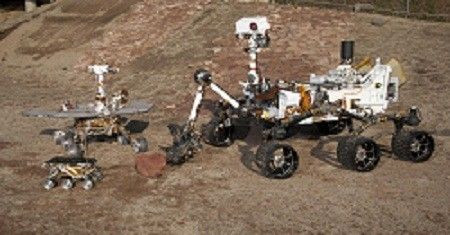NASA to Send People to Mars by 2030 with New Flights to Take Off

Deep space manned missions may not be too far behind as NASA takes a step further into flying spacecrafts to Mars. The recent Orion test flight was meant to give NASA real-life data about threats to deep space traveling and other extreme conditions. The maiden voyage reportedly yielded excellent data for future space flight improvements.
Running at a speed of 2,000 mph, the Orion spacecraft took off from the Earth and into the atmosphere orbiting twice before hitting the ocean. The spacecraft deployed red and white parachutes while up and slowed to 20 mph before diving into the Pacific Ocean. The flight lasted for four and a half hours going as far as 3,600 miles.
This is 15 times farther compared to the orbit of the International Space Station. The Orion is designed to deploy manned missions in the future. It will follow the Apollo 17 moon landing after decades. The flight did not carry any passengers but NASA clarified that they wanted to test different conditions that can pose threats to those riding the flight according to World Mag.
"The first look looks really good from a data standpoint and will help us as we go forward," explained NASA's Bill Gerstenmaier. He serves as the associate administrator for the Human Exploration and Operations Directorate. The official stood before the media at Kennedy Space Center (KSC) for a post landing briefing (via Universe Today).
"We, as a species, are meant to press humanity further into the solar system and this is a first step. What a tremendous team effort." The official added.
Space enthusiasts received the test flight positively thinking that it can provide more insight on space exploration. NASA claimed that it is a move closer to stepping into Mar's red soil. Orion offered additional data about risky conditions that can put space explorers into danger while traveling. These include passing through regions with extremely high radiation or high temperature. Re-entry into the Earth's atmosphere is also a concern.
"This is just the first of what will be a long line of exploration missions beyond low-Earth orbit, and in a few years we will be sending our astronauts to destinations humans have never experienced," shared Bill Hill - deputy associate administrator for Exploration Systems Development for NASA.
"It's thrilling to be a part of the journey now, at the beginning." The official added.





















